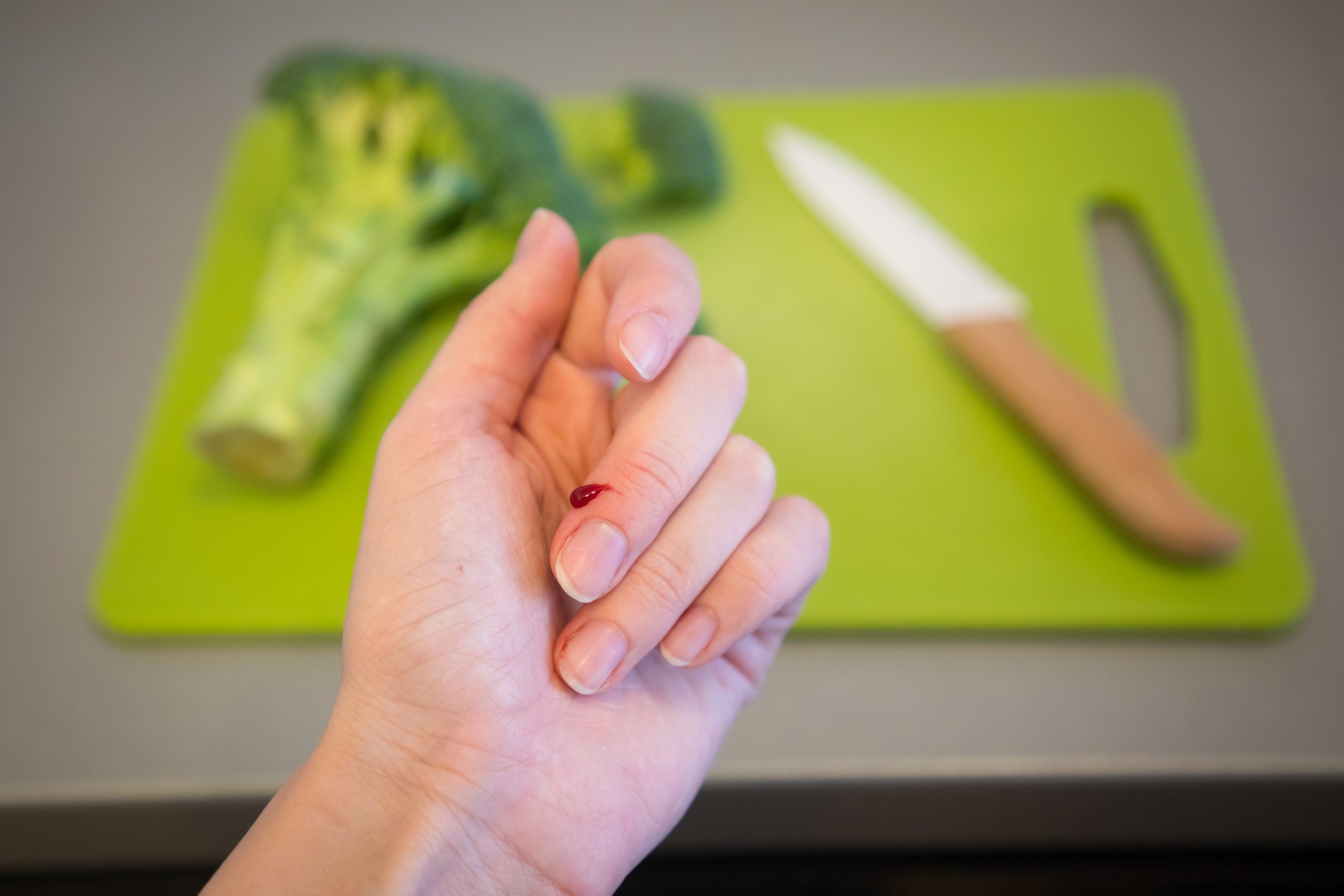Preventing Injuries in the Food Preparation Industry

The food preparation industry experiences an unusually high risk of injury. Specifically, compared to non-food industries, food preparation suffers a a 60 percent higher rate of injury and illness. Also, the injuries that qualify as lost time are twice as high as in other sectors, costing companies even more.
The Cost of Injury in Food Preparation
It pays to be proactive when it comes to safety in the workplace, especially in an industry with so many injuries. When safety programs are in place, the savings recouped from avoiding accidents far outweigh the cost of implementing these programs.
According to the National Safety Council, approximately 2 percent of the industry’s injuries are severe, but they account for approximately 41 percent of each dollar spent on workers’ comp losses. The average cost to a restaurant for a serious injury is $45,600 each year.
Additionally, an estimated 25,000 slip-and-fall accidents happen every day in restaurants. This accounts for 65 percent of all lost workdays. The hospital cost of a slip and fall is more than $30,000. With the loss of time at work factored in, a company could spend close to $50,000 a year on each preventable slip-and-fall injury.
Typical Injuries Seen in Food Preparation

When evaluating which safety measures are most helpful to invest in to improve employee safety, it pays to consider what injuries are most common and how they occur. Some of the most common injuries include the following:
- Cuts and puncture wounds are common in the food preparation industry due to frequent contact with broken dishes, knives and other equipment.
- Hot water, oil, ovens, and stovetops expose employees to the risk of burns.
- Splashes of grease and sanitizing chemicals may cause eye injury.
- Sprains, strains, and overexertion are common in the food preparation industry due to improper lifting and reaching.
Safety Fundamentals

- Evaluate the risks. Examine inspection reports and educate employees on the potential hazards and trends.
- Understand the potential hazards and take note. These might include wet and slippery floors, hot grease, or areas where there are repeated spills. Immediately address any hazards that can be eliminated. Encourage all employees to be alert for potential dangers and share in the responsibility for reporting problems before an accident occurs.
- Protective wear is essential in food preparation. For example, protection may come in the form of proper footwear or cut-resistant gloves.
- Sanitation is essential, along with proper use of chemicals. Employees need to understand the expectations and consequences of cleanliness as it relates to food safety and personal health. They must also be trained in the safe use of chemicals used for cleaning.
- Ongoing training is critical for accident prevention. By regularly reinforcing best practices and high expectations for safety and wellness on the job, many injuries will be avoided.
Work-Fit Can Help
Your employees are your most important asset. We partner with you to create a workplace culture of proactivity and injury prevention, knowing that instilling good habits is the first line of defense. To learn more about Work-Fit’s strategy to engage employees to increase safety and prevent workplace injuries, reach us online. We’re committed to our partners’ visions and success!



